Beach Safety for Kids
Enjoy the Sunshine Coast Responsibly
The Sunshine Coast is a wonderful place for families to enjoy the beach and create special memories together. When considering beach safety for kids, it's important for parents to keep safety in mind to make sure your kids have a fun and safe experience.
By being aware of potential risks and following some simple safety tips, you can help your children stay out of harm's way while they enjoy the sun, sand, and surf. With a little bit of knowledge and preparation, your family can have a fantastic time at the beach and create memories that will last a lifetime.
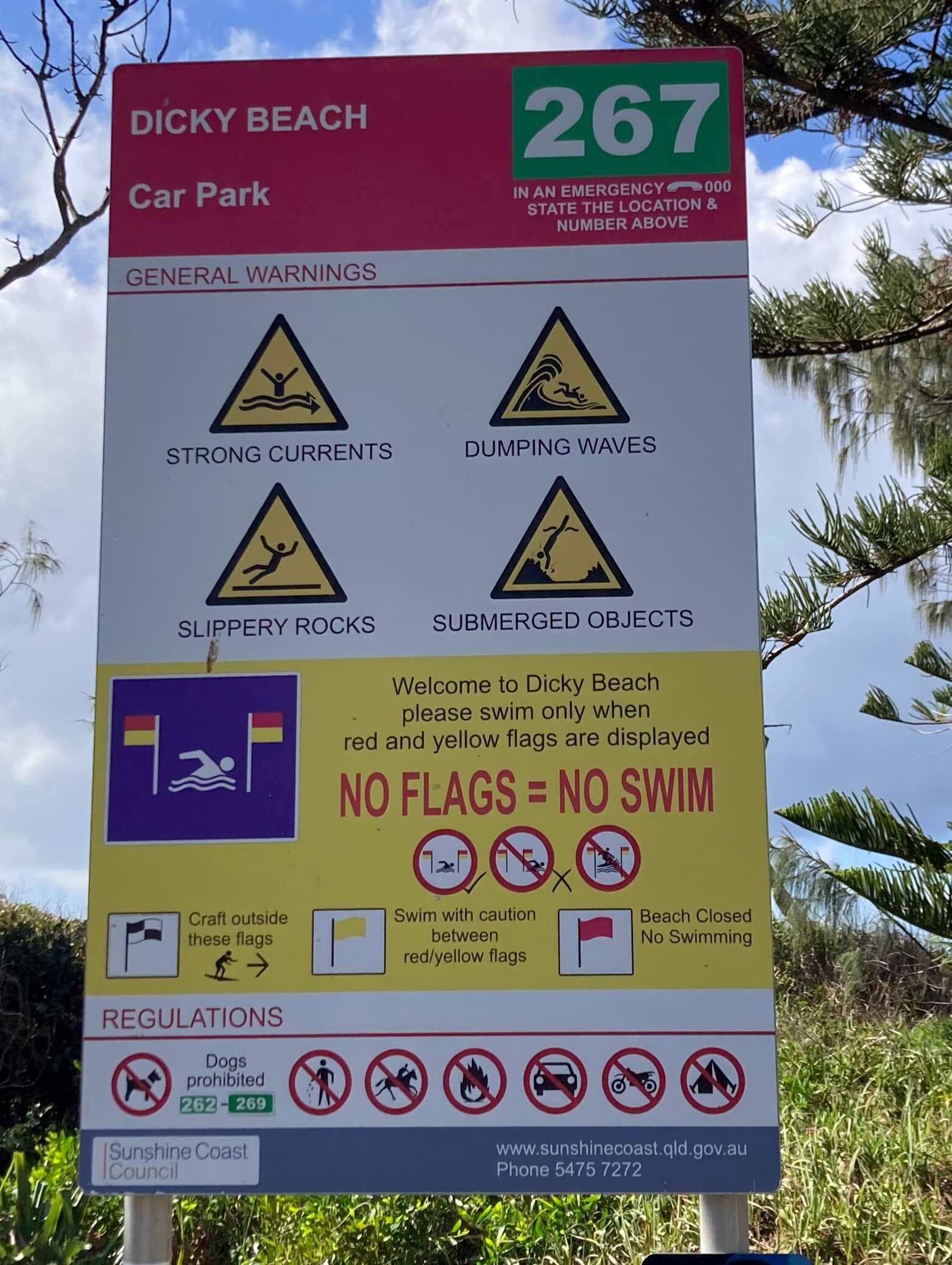
Our beaches are well-marked and provide all the information you need to make good decisions
Understand Sunshine Coast Beach Hazards
The Sunshine Coast's beaches are stunning, but they also come with a few risks. Rip currents are one of the most significant hazards, capable of quickly pulling even strong swimmers away from shore.
It's vital for parents to learn how to identify rip currents and teach their children to swim parallel to the shore if caught in one. Other potential dangers include marine stingers, such as jellyfish, which can cause painful stings, and sharp rocks or debris hidden beneath the water's surface.
Blue-Ringed Octopus: This small yet highly venomous octopus is recognizable by its vibrant blue rings. Despite its size, its bite can be lethal to humans due to the potent neurotoxin it releases. Found in shallow reefs and tide pools, it is crucial to admire these creatures from a distance and avoid handling them.
Sharks: The Sunshine Coast waters are known to host several shark species, with bull sharks being particularly notable. Bull sharks are known for their aggressive nature and ability to thrive in both salt and freshwater. They often inhabit coastal areas and river mouths, making it important for swimmers and surfers to be cautious, especially in murky waters where visibility is low.
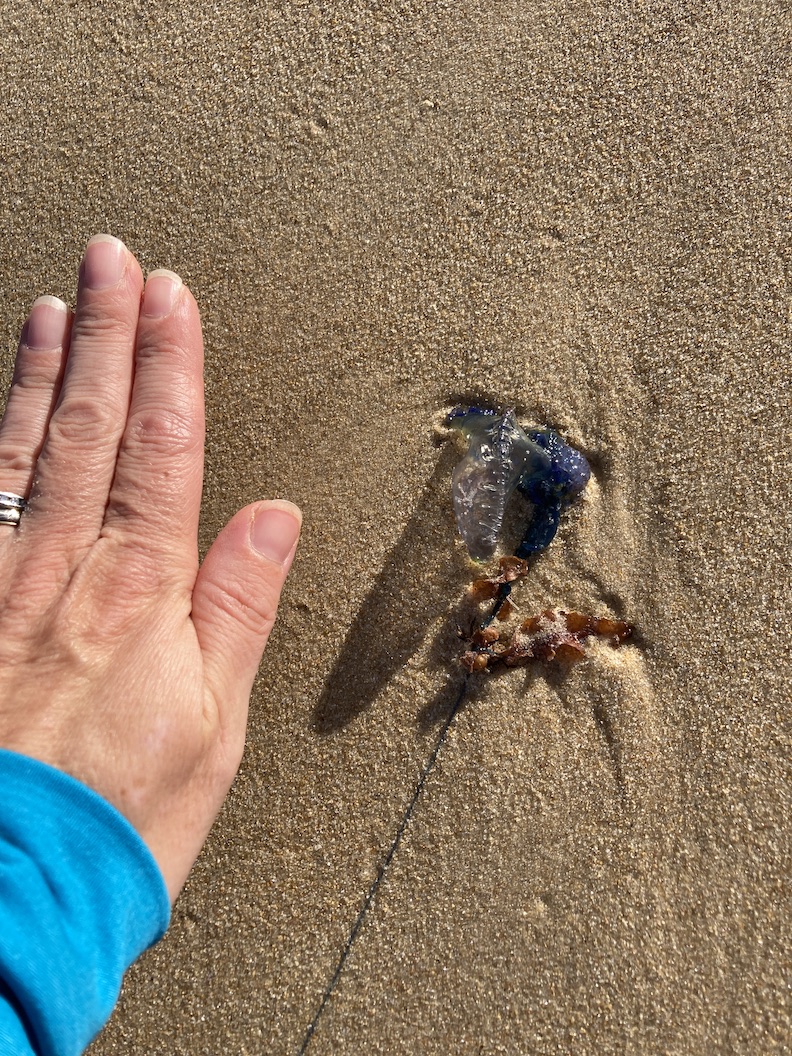
Jellyfish washed to shore. They can still sting!
Rockfish: These camouflage masters are found in rocky coastal areas and coral reefs. They are extremely difficult to spot. Their venomous spines can deliver painful stings if stepped on or handled. It’s important to wear appropriate footwear when exploring rocky shores and to watch your step when wading in shallow waters. These also go by the name stonefish.
Stingrays: Stingrays are also present in the waters of the Sunshine Coast. To avoid accidental encounters with them, it's recommended to do the "stingray shuffle" when walking in the sandy bottom of the ocean. By shuffling your feet instead of taking steps, you alert stingrays of your presence, and they will gently glide away from you. This simple precaution can prevent painful stings and allow you to enjoy your time in the water safely.
Choose Lifeguard-Patrolled Beaches
One of the best ways to ensure your family's safety at the beach is to choose a lifeguard-patrolled location. Lifeguards are trained to identify and respond to potential dangers, provide first aid, and assist swimmers in distress.
Many Sunshine Coast beaches have lifeguard services, especially during peak seasons and hours. Look for the red and yellow flags that indicate a patrolled area and always swim between them.
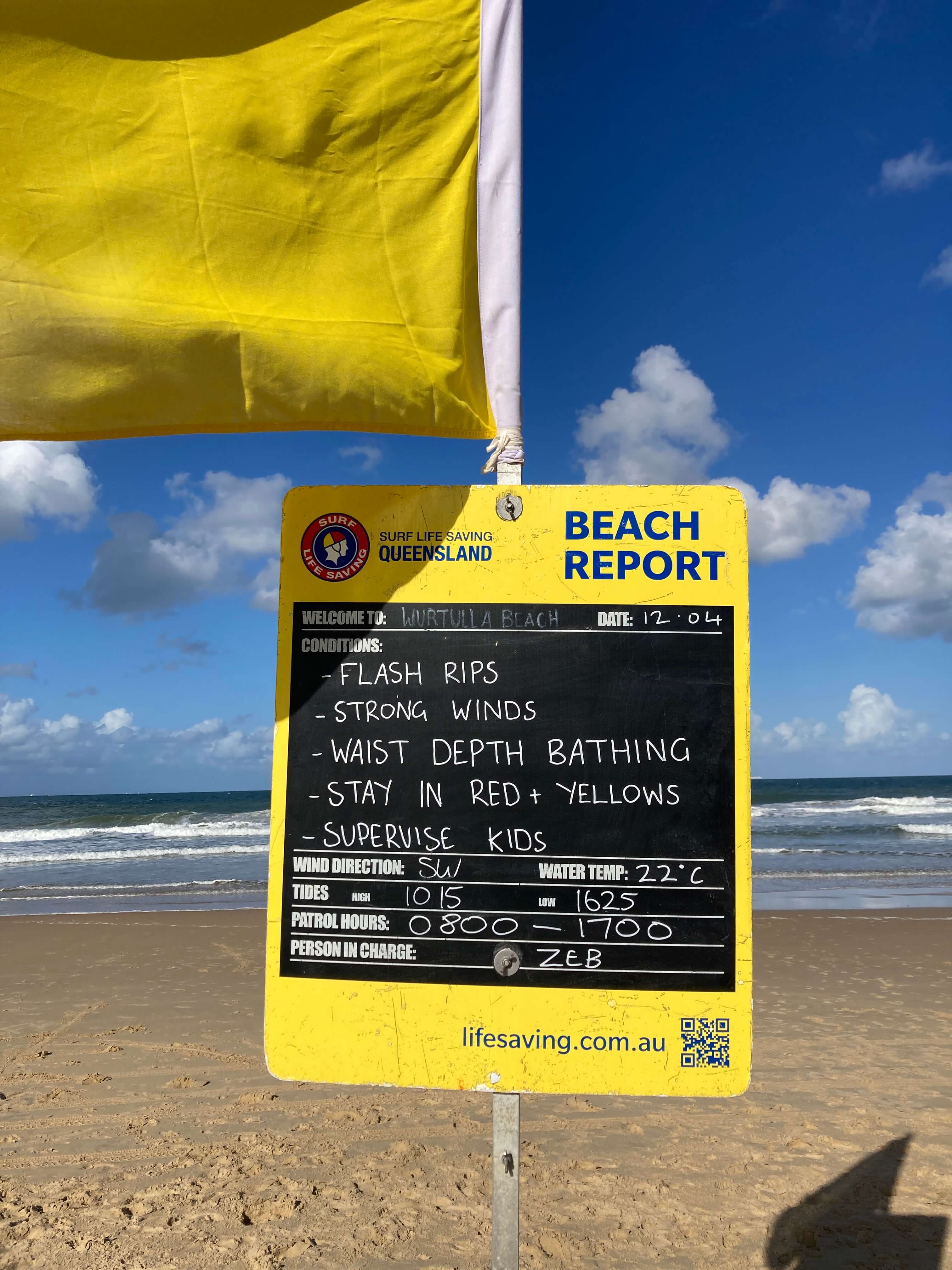
Teach Kids Essential Water Safety Skills
Equipping children with basic water safety skills is so important for their safety at the beach. Enrolling kids in age-appropriate swim lessons can help them develop the techniques and confidence needed to navigate the ocean safely, ensuring beach safety for kids.
Teach children to always swim with a buddy, never dive headfirst into unknown waters, and to stay within their depth. Encourage them to learn how to float on their back and call for help if they find themselves in trouble, further promoting beach safety for kids.
Protect Children from the Sun
In addition to water safety, protecting kids from the sun's harmful rays is essential at the beach. The Sunshine Coast's UV levels can be intense, especially during summer. Ensure your children wear sun-protective clothing, such as rash guards or long-sleeved shirts, and apply a broad-spectrum, water-resistant sunscreen with an SPF of at least 30.
Don't forget to reapply sunscreen every two hours or after swimming. Encourage kids to take breaks in the shade, wear hats and sunglasses, and stay hydrated by drinking plenty of water.
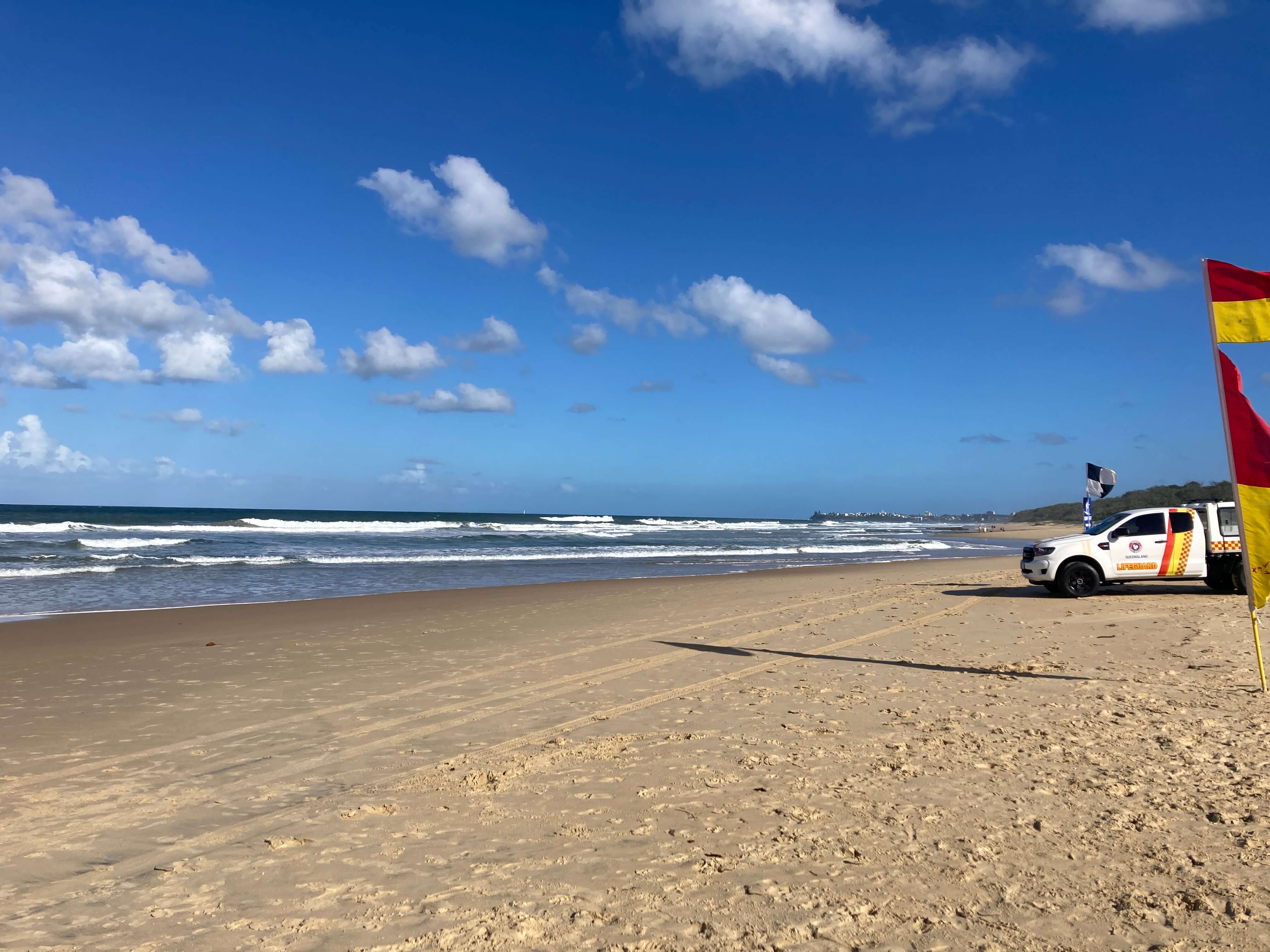
Recognize Beach Flags and Their Meanings
Beach flags serve an important role for lifeguards, indicating water conditions and potential hazards. Familiarize yourself and your children with the different flag colors and their meanings.
Red flags indicate dangerous conditions, and swimming is not advised. Yellow flags signify potentially hazardous conditions, urging caution. Green flags mean conditions are generally safe, but swimmers should still exercise caution. If you see red and yellow flags, this marks the designated swimming area patrolled by lifeguards.
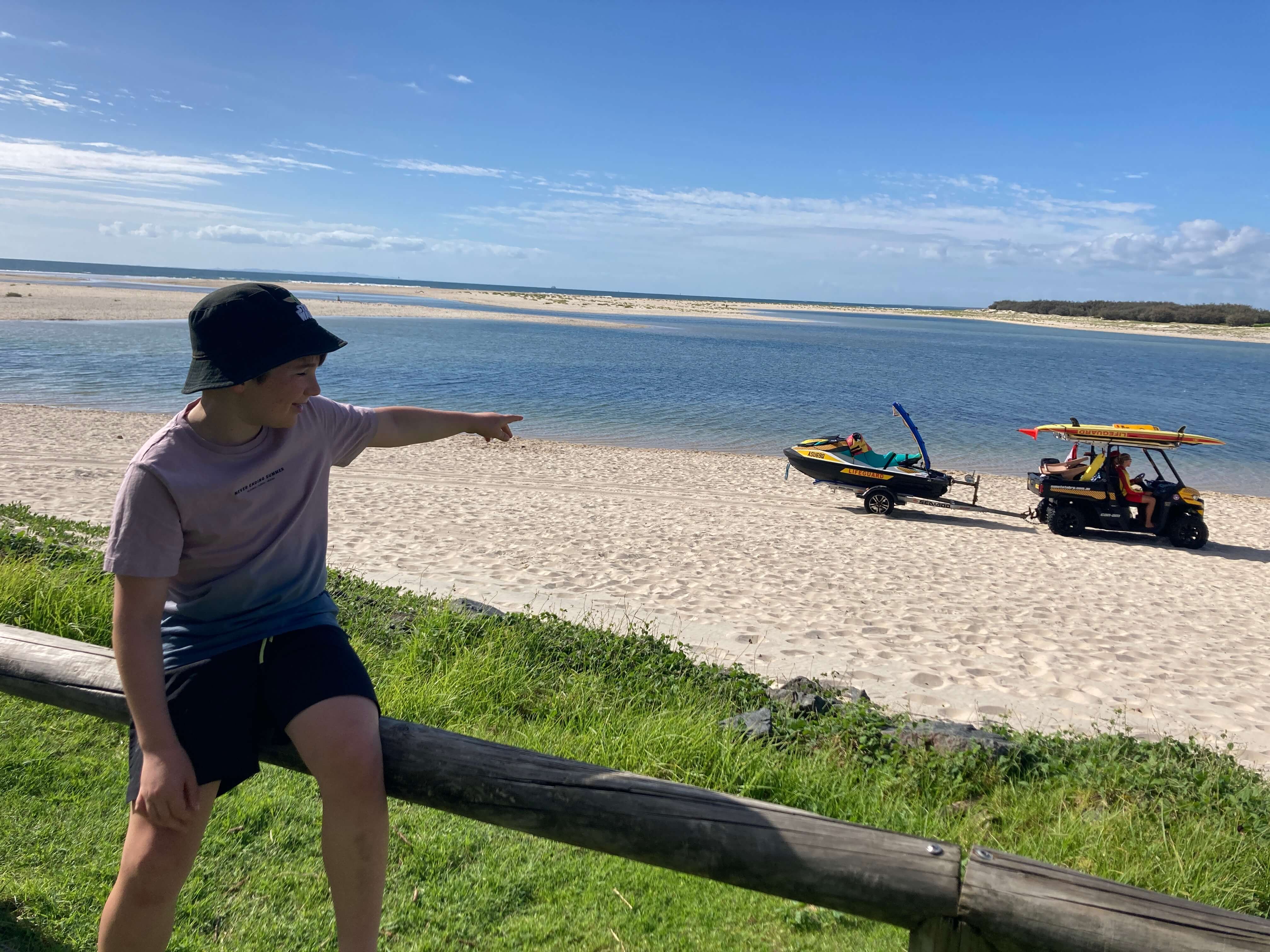
Beach Safety for Kids
Parental supervision is extremely important when it comes to beach safety for kids. Always keep a watchful eye on your children, even if lifeguards are present. Lifeguards are not babysitters. Designate a responsible adult to monitor the kids at all times, ensuring they remain within sight and reach if they are not strong swimmers.
Be aware of potential hazards, such as sudden drop-offs, strong currents, or changing tides. Establish clear boundaries and rules for your children to follow, such as staying within a designated area or not going into the water without an adult.
Enroll in Surf Safety Lessons
For families who frequently visit the Sunshine Coast or plan to spend significant time at the beach, enrolling children in surf safety lessons can be incredibly beneficial.
These programs, often offered by local surf lifesaving clubs or aquatic centers, teach kids essential skills like recognizing and escaping rip currents, understanding ocean conditions, and performing basic rescue techniques.
Surf safety lessons not only enhance children's confidence in the water but also instill a lifelong respect for the ocean's power.
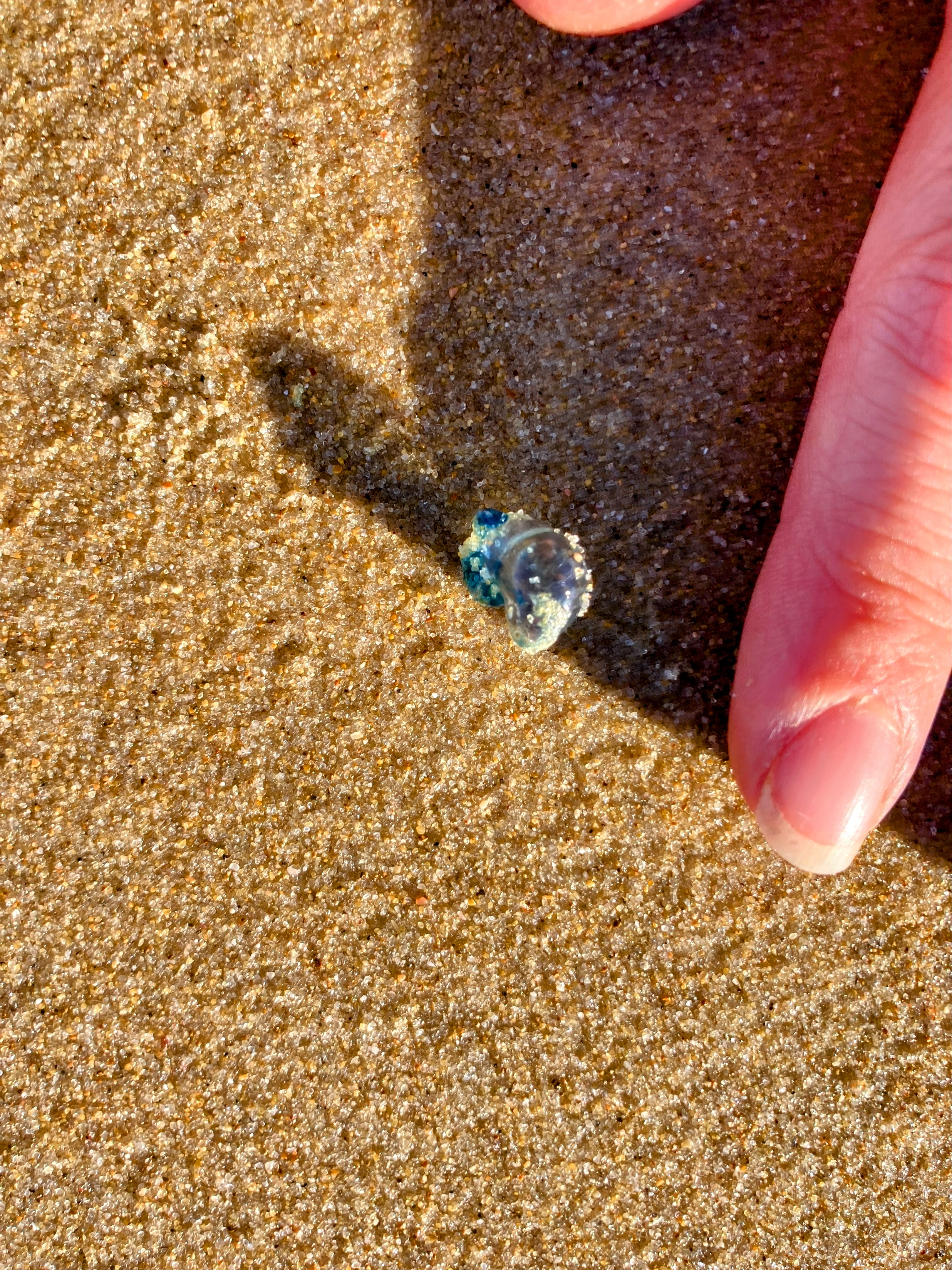
Teeny tiny jellyfish wash to shore and glitter like jewels along the coast at certain times of year
Create Safe and Unforgettable Beach Memories
By focusing on beach safety for kids and following these tips, families can enjoy the gorgeous Sunshine Coast beaches without worry. Lead by example, as children often copy their parents' behavior.
Teach them to respect the ocean, stay aware of their surroundings, and be cautious. With proper preparation, education, and supervision, your family can create unforgettable memories while staying safe on the beautiful Sunshine Coast beaches.
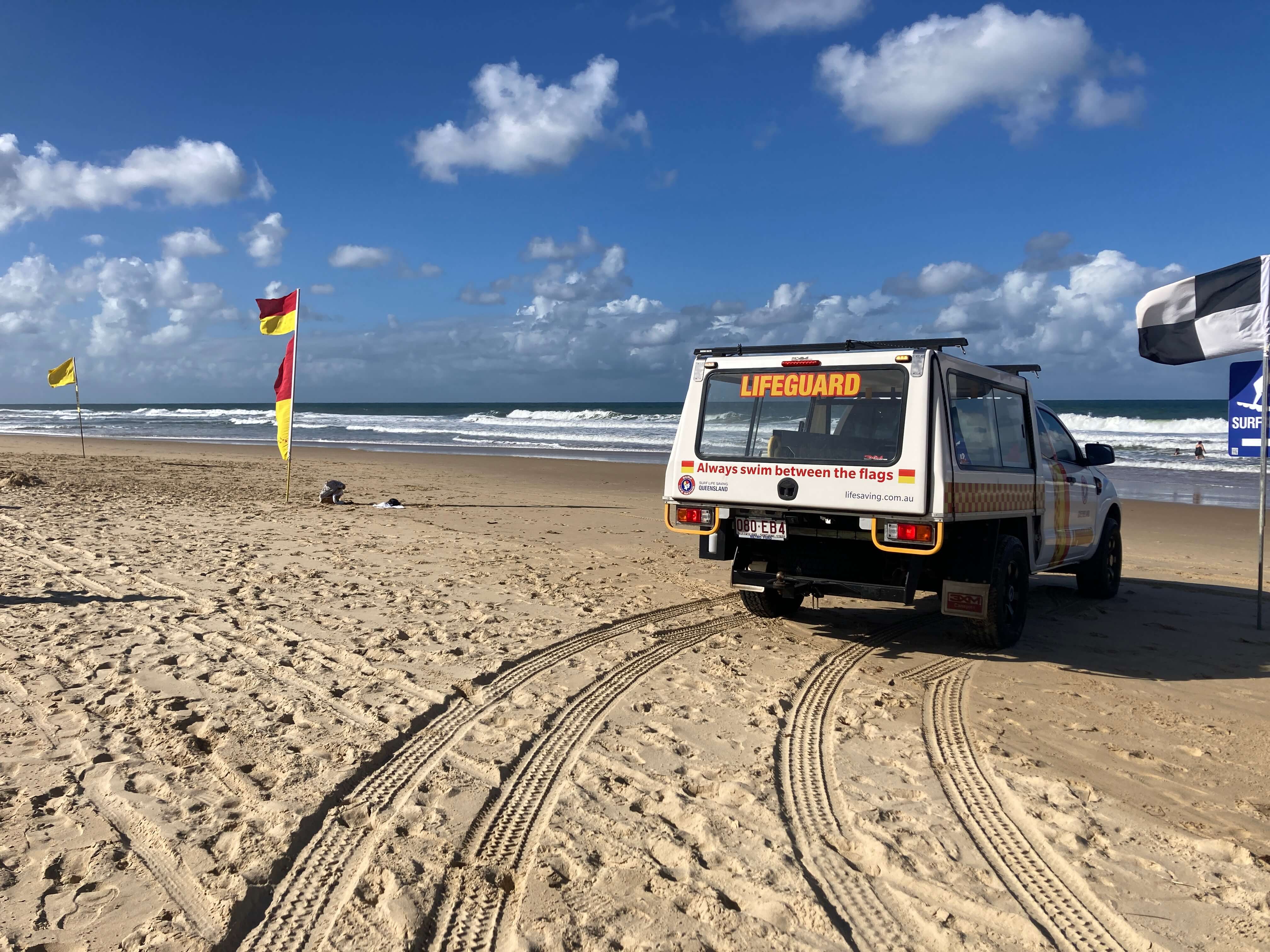
Looking for more things to do with kids on the coast? Check out my Things to Do page
Learn more about our favourite beaches on my local beaches page
Maybe you are in the mood for a hike. Emu Mountain is a great option if you have kids!
Return to The Sand Castle Chronicles Home Page